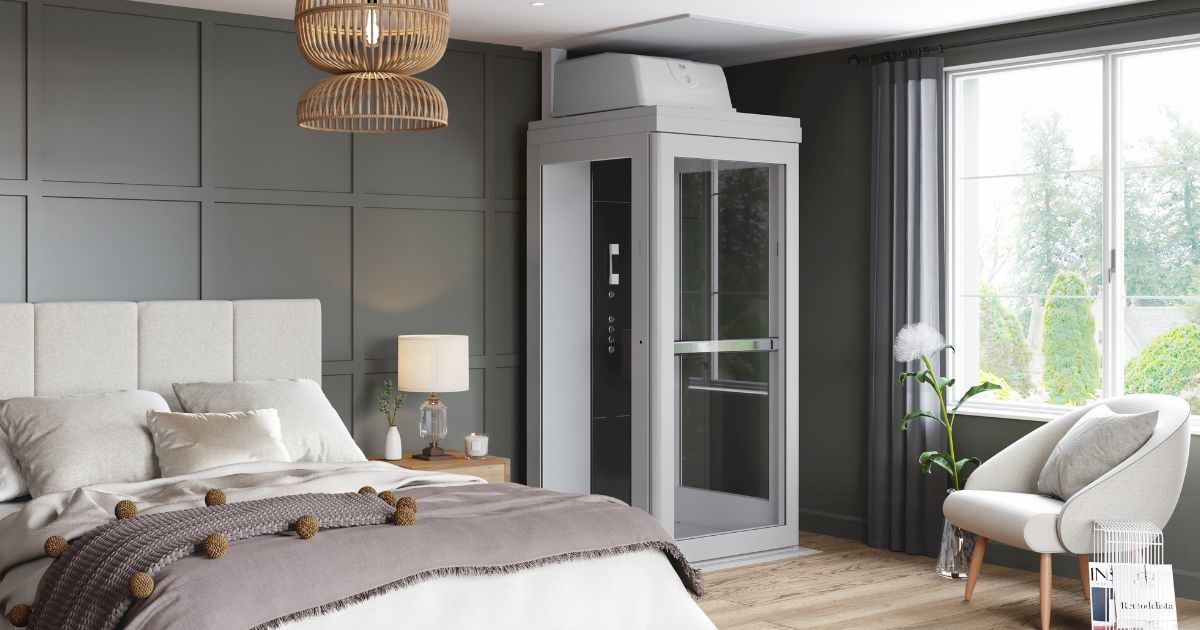
Multi-generational living is becoming increasingly common across America. Whether caring for aging parents or accommodating adult children returning home, families are finding creative ways to maintain close bonds while respecting individual needs for privacy and independence.
The challenge lies in creating a living environment that works for everyone. Different generations have varying mobility needs, lifestyle preferences, and space requirements. Grandparents may struggle with stairs, while teenagers need their own retreat spaces. Parents often find themselves caught in the middle, trying to balance everyone’s comfort and happiness.
The good news? With thoughtful planning and smart home modifications, families can create spaces that bring generations together while honoring each person’s unique needs.
Understanding Multi-Generational Living Challenges
Living with multiple generations under one roof presents unique obstacles that require careful consideration. Mobility differences often create the most significant barriers to family connection.
Aging family members may find it increasingly difficult to navigate stairs, limiting their access to different areas of the home. This isolation can lead to feelings of loneliness and disconnection from daily family activities. Meanwhile, younger family members might feel restricted in their ability to use upper or lower levels freely when considering their loved one’s mobility limitations.
Privacy needs also vary dramatically across generations. Teenagers crave independence and personal space, while grandparents may prefer quieter environments for rest and relaxation. Parents need areas where they can work from home or simply unwind after busy days.
Sound management becomes another consideration. Different sleep schedules, entertainment preferences, and daily routines can create noise conflicts that strain family relationships if not properly addressed.
Creating Accessible Spaces for All Ages
The foundation of successful multi-generational living starts with accessibility. Every family member should feel comfortable moving throughout their shared home, regardless of age or physical ability.
Start by evaluating your home’s current accessibility features. Are there areas that certain family members avoid due to mobility concerns? Identifying these problem zones helps prioritize improvement efforts.
Consider installing grab bars in bathrooms, improving lighting in hallways and stairwells, and ensuring doorways are wide enough for mobility aids if needed. These modifications benefit everyone, not just family members with current mobility challenges.
For homes with multiple levels, exploring options like small home elevators in Cheyenne WY can transform how families interact with their living spaces. These solutions eliminate barriers that prevent family members from accessing different areas of the home, ensuring everyone can participate in family gatherings regardless of location.
Designing Flexible Living Areas
Successful multi-generational homes feature flexible spaces that adapt to changing family needs throughout the day. Open floor plans work well for bringing families together during meals and celebrations, while designated quiet zones provide retreat options when solitude is needed.
Consider creating convertible spaces that serve multiple purposes. A formal dining room might double as a homework area during the day and transform into a game room in the evenings. Guest bedrooms can include small seating areas that function as private retreats for reading or relaxation.
Storage solutions become critical when multiple generations share common areas. Built-in cabinets, hidden storage benches, and organizational systems help maintain tidy spaces that feel welcoming rather than cluttered.
Think about sight lines throughout your home. Can family members in the kitchen easily interact with those in the living room? Can grandparents supervise grandchildren’s play areas while remaining seated comfortably? These design considerations encourage natural family interactions.
Balancing Togetherness and Privacy
The most successful multi-generational homes strike a careful balance between shared experiences and personal space. Each family member needs areas where they can retreat and recharge according to their individual preferences.
Establish clear boundaries and expectations about shared versus private spaces. Common areas like kitchens, living rooms, and dining areas naturally become gathering spots, while bedrooms and designated personal areas should be respected as private retreats.
Consider creating multiple smaller gathering areas rather than relying solely on one large family room. A cozy reading nook, a sunny breakfast area, or a comfortable porch can provide alternative spaces for family members to connect in smaller groups.
Noise management strategies help maintain harmony. Carpet in upstairs bedrooms, weatherstripping around doors, and strategic placement of quieter activities in areas adjacent to bedrooms all contribute to a more peaceful living environment.
Technology Solutions for Modern Families
Smart home technology can significantly improve multi-generational living experiences. Voice-activated systems help family members with mobility challenges control lighting, temperature, and entertainment systems without physical strain.
Video calling capabilities throughout the home allow family members to stay connected even when in different areas. Grandparents can easily check in with grandchildren doing homework upstairs, or parents can communicate with teenagers in basement recreation areas.
Safety monitoring systems provide peace of mind for families caring for aging relatives. Medical alert systems, automatic lighting, and security cameras help ensure everyone’s wellbeing while maintaining dignity and independence.
Building Stronger Family Bonds
Multi-generational living offers unique opportunities to strengthen family relationships across age groups. Grandparents can share wisdom and family history with younger generations, while children and grandchildren can provide energy and technological assistance to older family members.
Establish regular family traditions that bring everyone together. Weekly game nights, shared cooking experiences, or seasonal celebrations create positive associations with your shared living space.
Encourage individual family members to share their interests and hobbies with others. Grandparents might teach traditional crafts, while teenagers can introduce older family members to new technology or entertainment options.
Creating Your Connected Family Home
Multi-generational living success depends on thoughtful planning, open communication, and willingness to adapt as family needs change. By focusing on accessibility, flexibility, and respect for individual needs, families can create homes that truly bring generations together.
The investment in creating a well-designed multi-generational living space pays dividends in stronger family relationships, shared memories, and the security of knowing loved ones are close by when needed most.